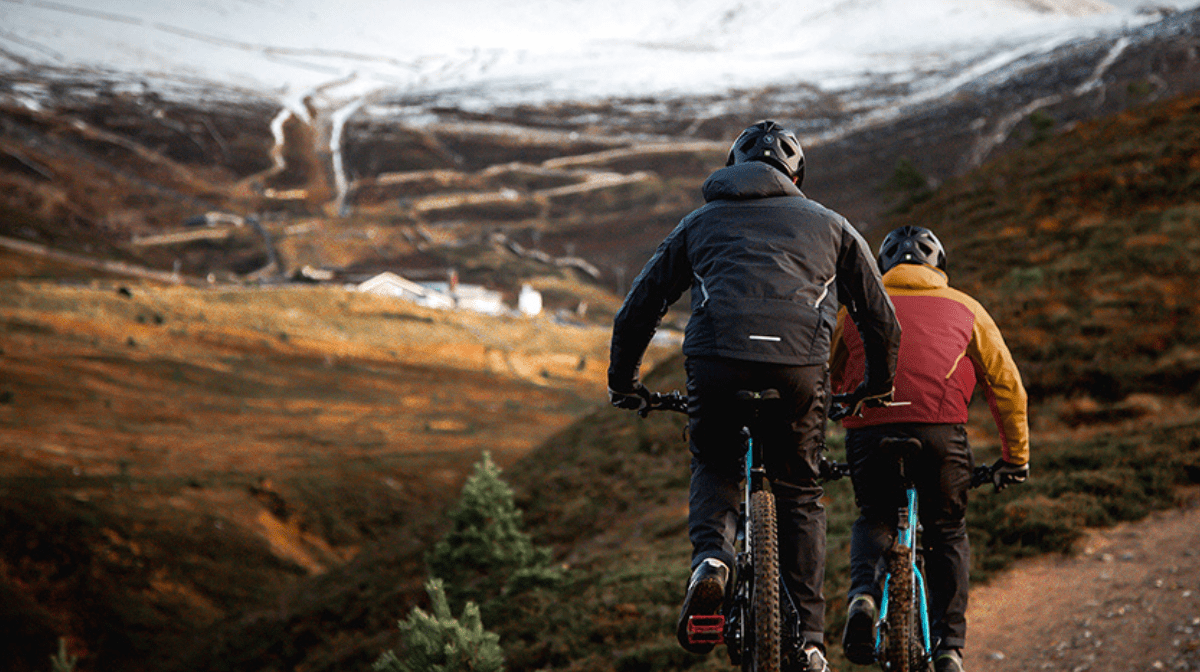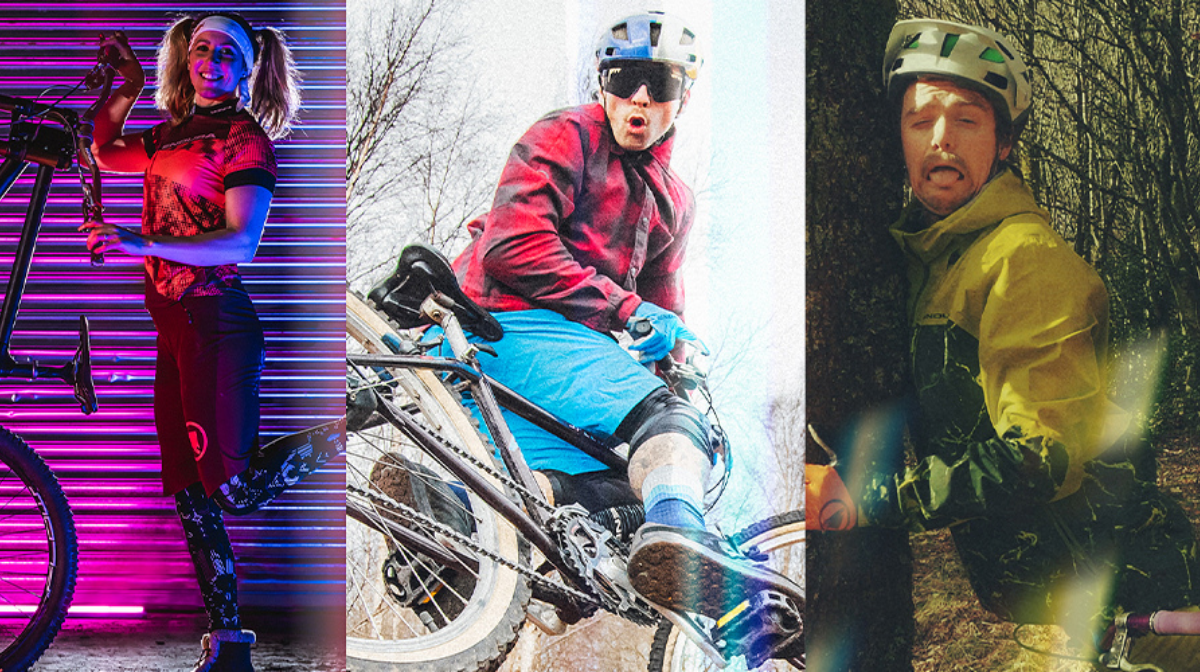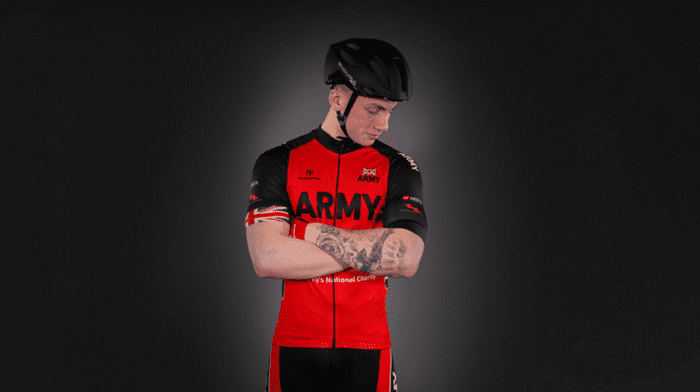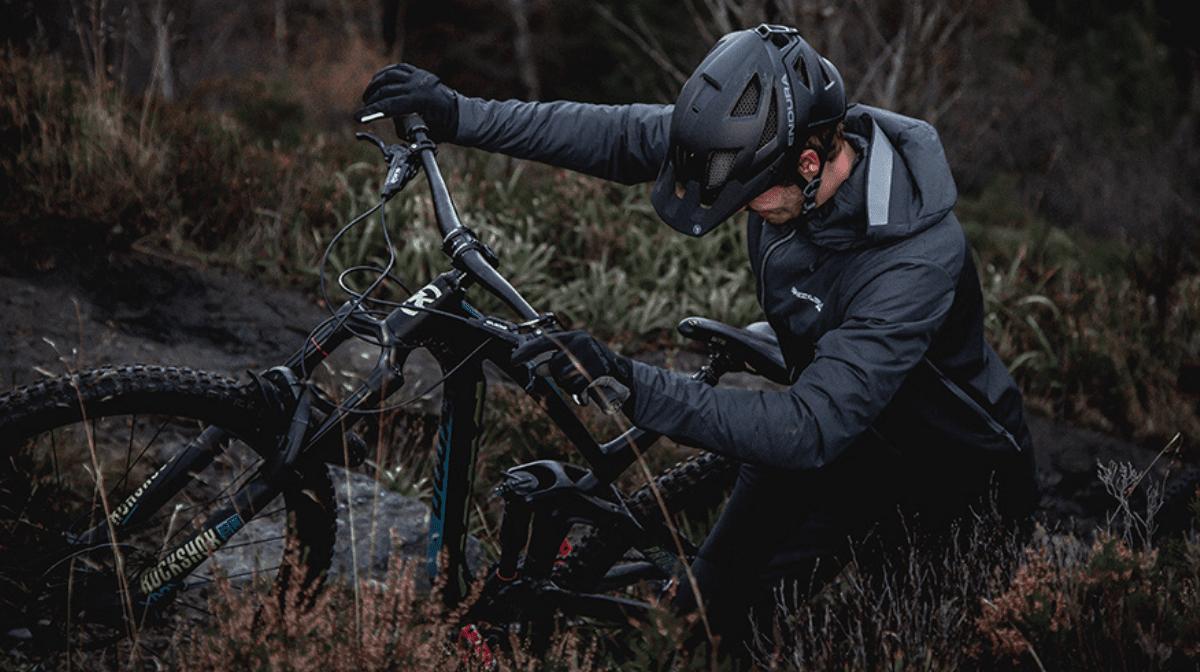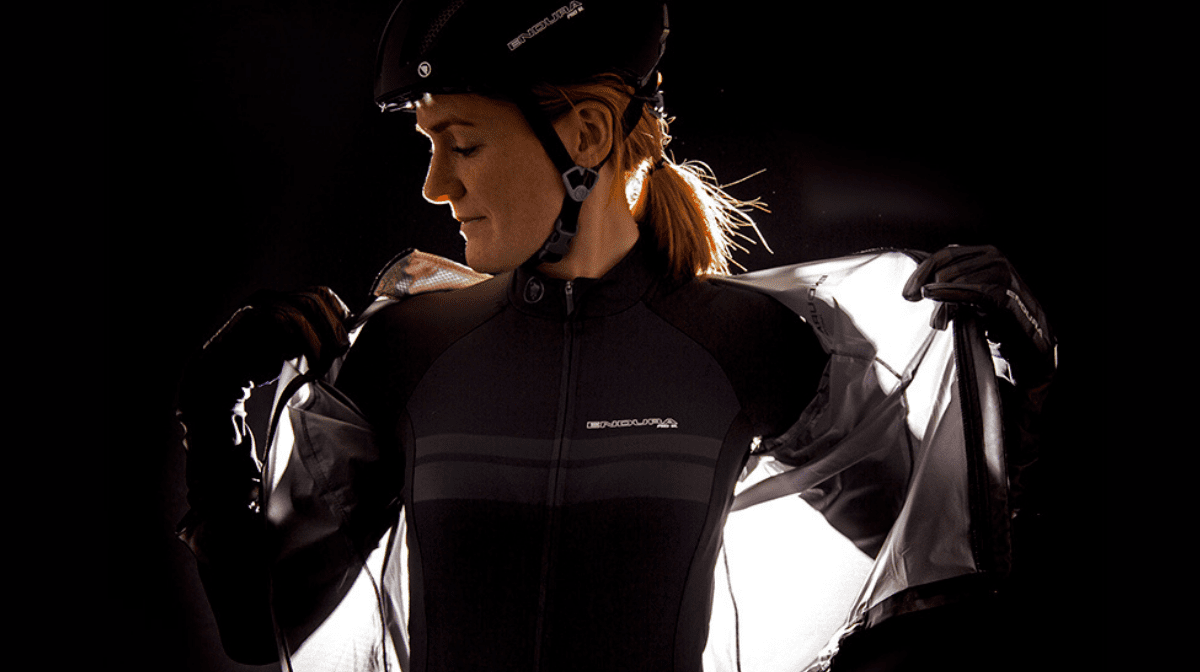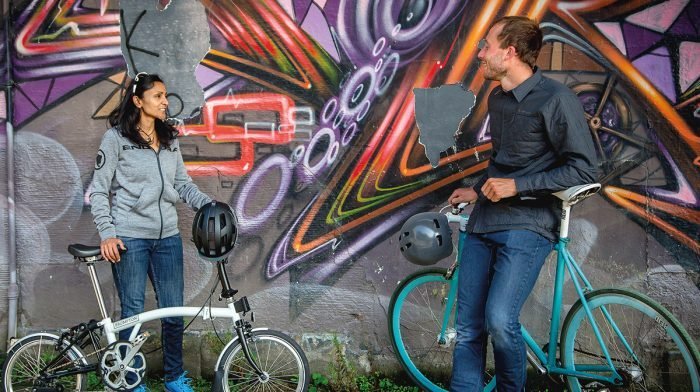Riding from Lands End to John o’ Groats represents a lifetime’s achievement for the comparative handful of cyclists who complete ‘LEJOG’ each year. For James MacDonald and the Project Kansas team, however, LEJOG was not enough.
Consider the following: a ride of 1725 miles from John o’ Groats to Lands End and back from Lands End to John o’ Groats, completed in five days, 18 hours and three minutes, or, to put it another way, in a time fast enough to set a new world record.
Endura made an important contribution to the record (one described by the team as “absolutely key”): a custom clothing solution offering the aerodynamic performance to ride at record-breaking pace, while providing sufficient warmth to wear through the night on a ride made in September in the Great British climate.
“It’s a record we’re proud be a part of,” says Pamela Barclay, Endura’s Brand Director. “The efforts of the whole Project Kansas team, and James in particular, are inspiring. Riding from John o’ Groats to Lands End is no picnic. To ride back from Lands End to John o’ Groats in the same attempt is truly impressive.
“With Severin Zotter’s victory in the 2015 Race Across America, and more recently Sevi’s success with Lukas Kienreich in the Race Around Austria, we’ve proved that Endura clothing provides an edge in endurance racing as well as Grand Tours, Monument Classics and the UCI Hour Record.
“James and his Project Kansas team find themselves in good company with Movistar Team and Cervélo Bigla. Their presence among our clan of professional athletes and exceptional amateurs offers further evidence of our commitment to cyclists of all tribes.”
MacDonald’s new world record has a fascinating back story. Codenamed ‘Project Kansas’, he found himself part of a small team led by crew chief Steve Thomson, assembled to provide a tangible answer to a hypothetical question: can technology associated with the Internet of Things (IoT) help to improve the performance of endurance athletes?
The Project Kansas team first tested the theory at the 2016 Race Across America. MacDonald, then a rookie ultra-endurance cyclist, completed the 3089-mile ride from Oceanside, California to Annapolis, Maryland in 11 days and 20 hours.
The ordeal left him with hands too weak even to brake or change gear, and required a month to return to full strength, including two weeks off the bike. The team considered even so demanding a ride however as a lesser challenge than a ride from John o’ Groats to Lands End and back. A smaller margin for error, and the likelihood of worse weather and roads more challenging to navigate left MacDonald and his support crew in little doubt about the scale of the challenge ahead.
Data heads might nod in approval or wince knowingly (or perhaps both) at a TSS score of 1500 for the southbound leg of James’ journey; a 73-hour grind in which headwind was his constant companion. Weather conditions were marginally kinder for the northbound leg, even offering a tailwind for one of the two days, 17 hours and 11 minutes required to ride back from Lands End to John o’ Groats. The result? A TSS score of ‘only’ 900.
Fatigue might have been the least of his concerns, however. MacDonald reports a double puncture, while descending a section of the A30 in pitch darkness at more than 65kph. The use of tubular tyres saved him from injury (his ‘tubs’ remained glued in place), even if his front wheel suffered a crack that removed it from service for the rest of the ride.
MacDonald’s mechanical issues did not end there (the poor surface of the A9 “played havoc” with his tri bars, causing them constantly to work loose), and nor was the double blowout on the A30 his only hair-raising experience on a descent.
“The descent into Inverness is extremely fast,” he said. “Unfortunately, it coincided with a torrential downpour, which meant I was riding at over 60kph and couldn’t see the road surface. That was probably the most dangerous point in the ride as I could have easily lost traction and potentially been run over by cars behind.”
If the suffering, near misses and mechanical incidents make MacDonald’s endeavour sound like a trial, there were plenty of high points along the way. Each of three occasions to speak to the police for example brought support rather than censure.
A visit to McDonalds in Penrith, chosen in favour of sleep (“…it was one or the other, so I chose warm food and a place to sit down for 15 minutes over the chance to rest….”) and support from the road side alleviated the constant demands of a 138-hour cycle ride interspersed with snatches of sleep that totalled just seven hours.
“We were given several presents at the roadside, ranging from cake to homemade brownies, all the way to my favourite dessert – sticky toffee pudding. The support along the way was amazing. Some people turned up at 4am and 5am to cheer us on in the dark.”
One well-wisher gained a more memorable interaction than they might have bargained for. Too tired to unclip, MacDonald simply fell over (“in a very undignified fashion”) – the result of fatigue and dirty cleats.
In a ride filled with highs and lows, sheer leg-sapping performance remained a constant. Consider the astonishing turnaround on the second leg of the journey, one that converted a 1.5-hour deficit relative to the existing record pace in Lands End into a three-hour surplus by John o’ Groats.
This turnaround was achieved partly by forgoing sleep, and indeed the final 927 miles were ridden with just an hour of rest, divided into three, 20-minute power naps, all taken in the back of the support car.
Numbers don’t tell the full story of the Project Kansas team’s success, but a daily climbing tally of 3836m (22,000m in total) and calories burned amounting to 7,958 per day (45,766 in total) offer an insight into the scale of their accomplishment. For those tempted to replicate his feat, they will offer a food for thought less appealing than sticky toffee pudding.
Photos: Tom DiBiase & Endura


